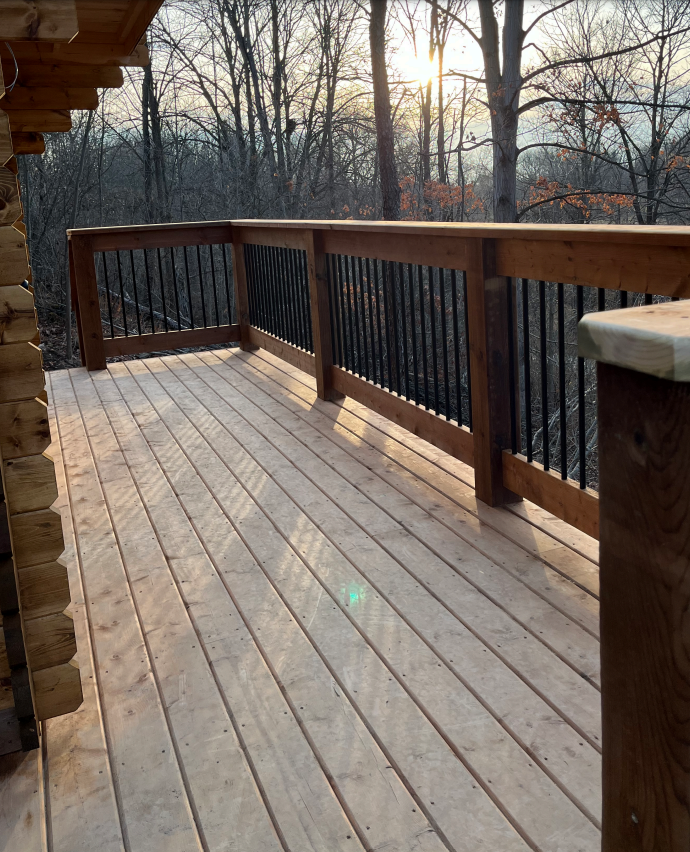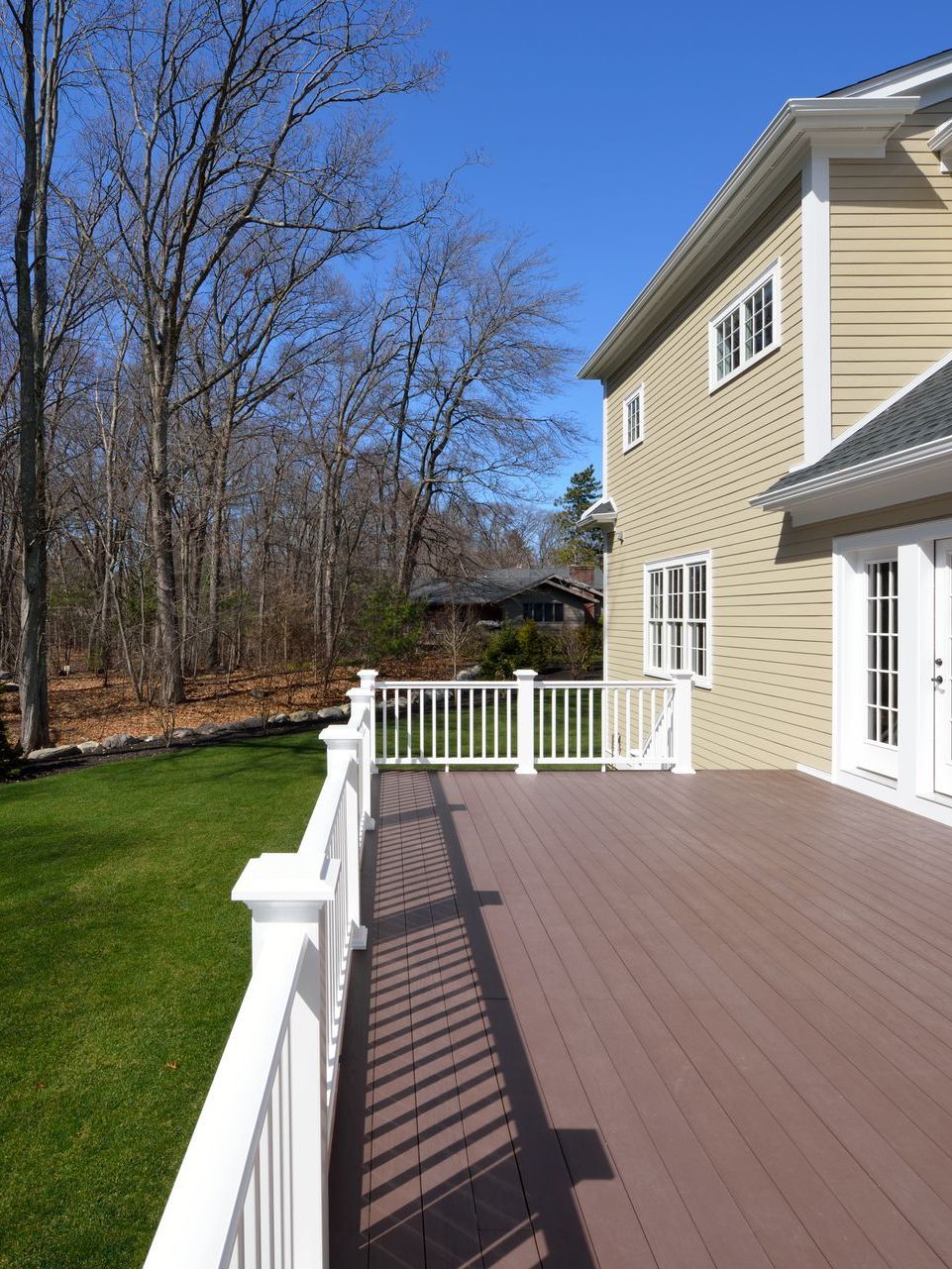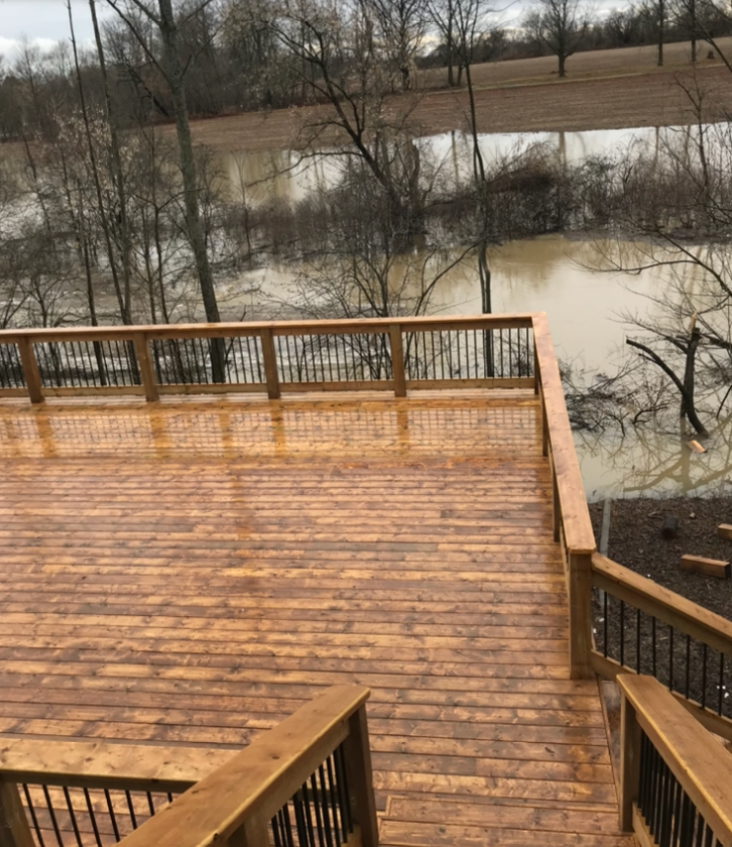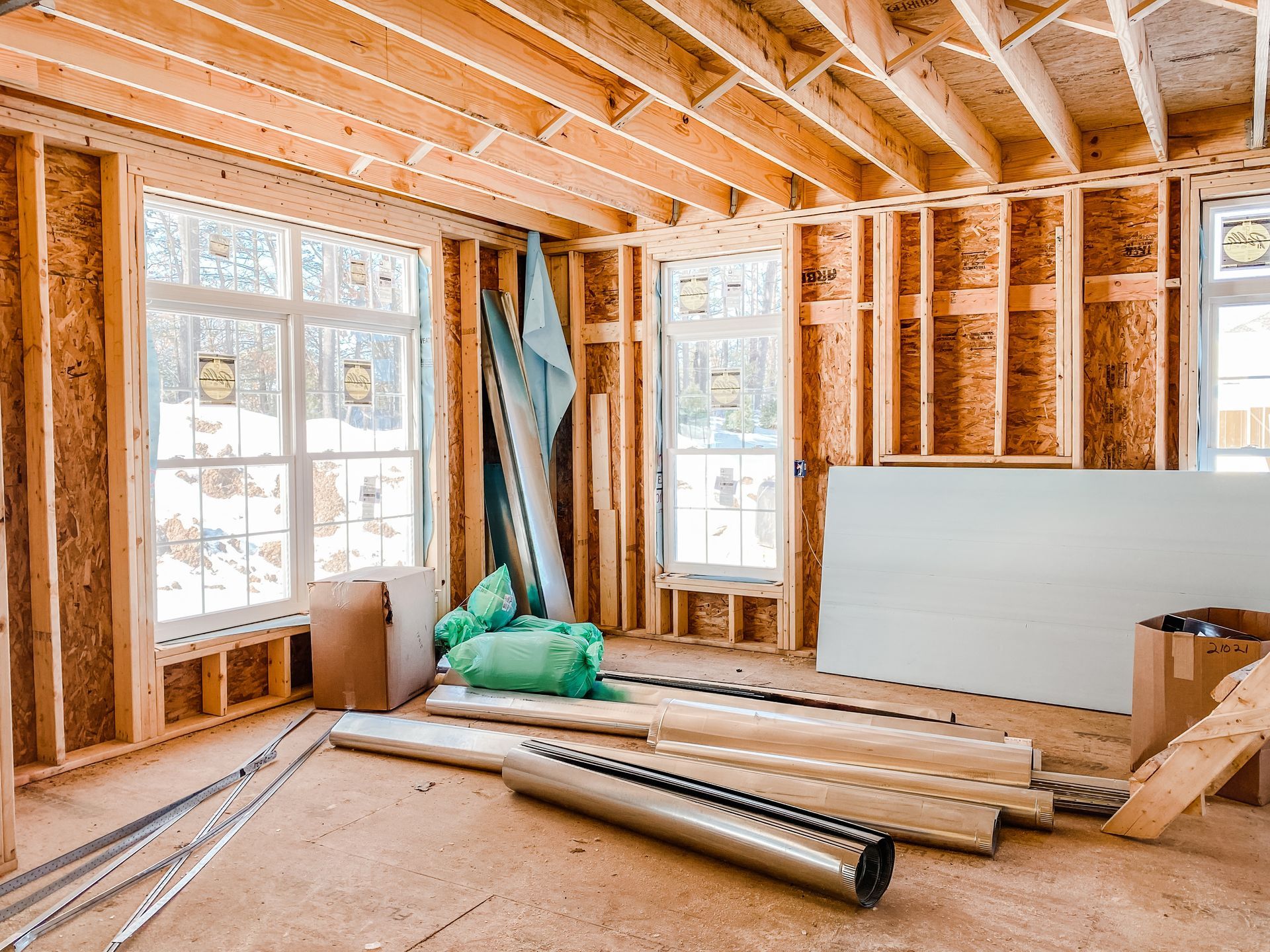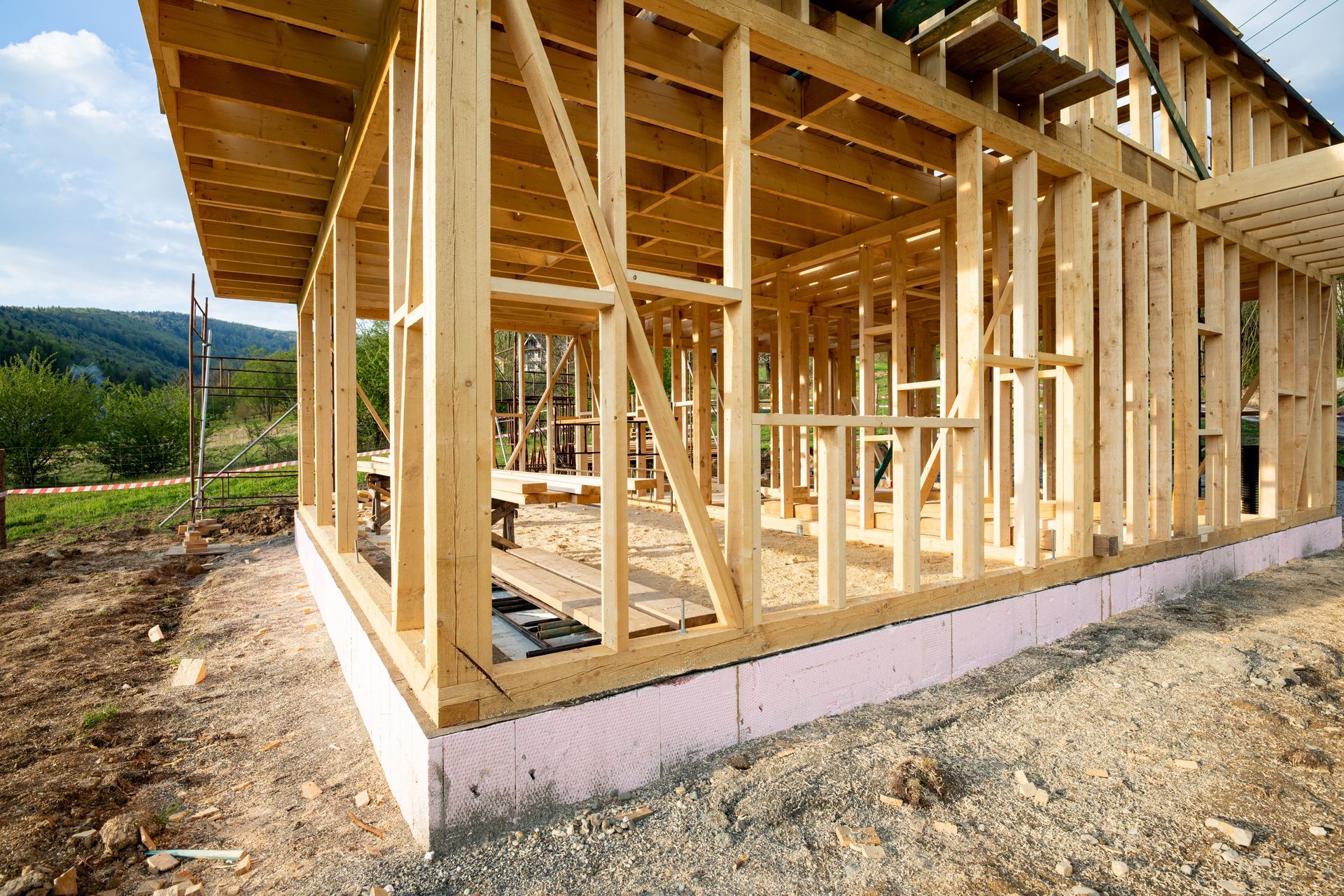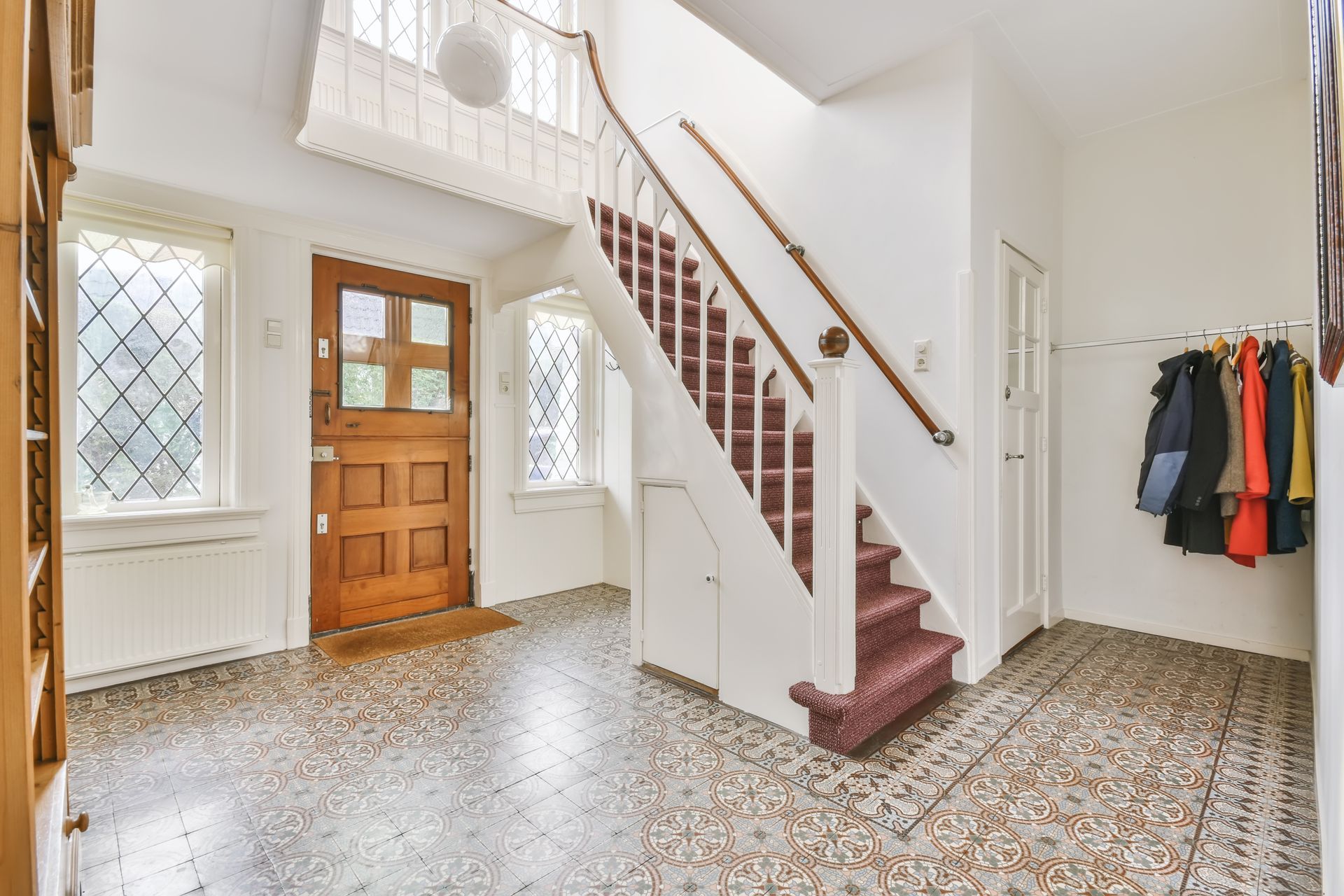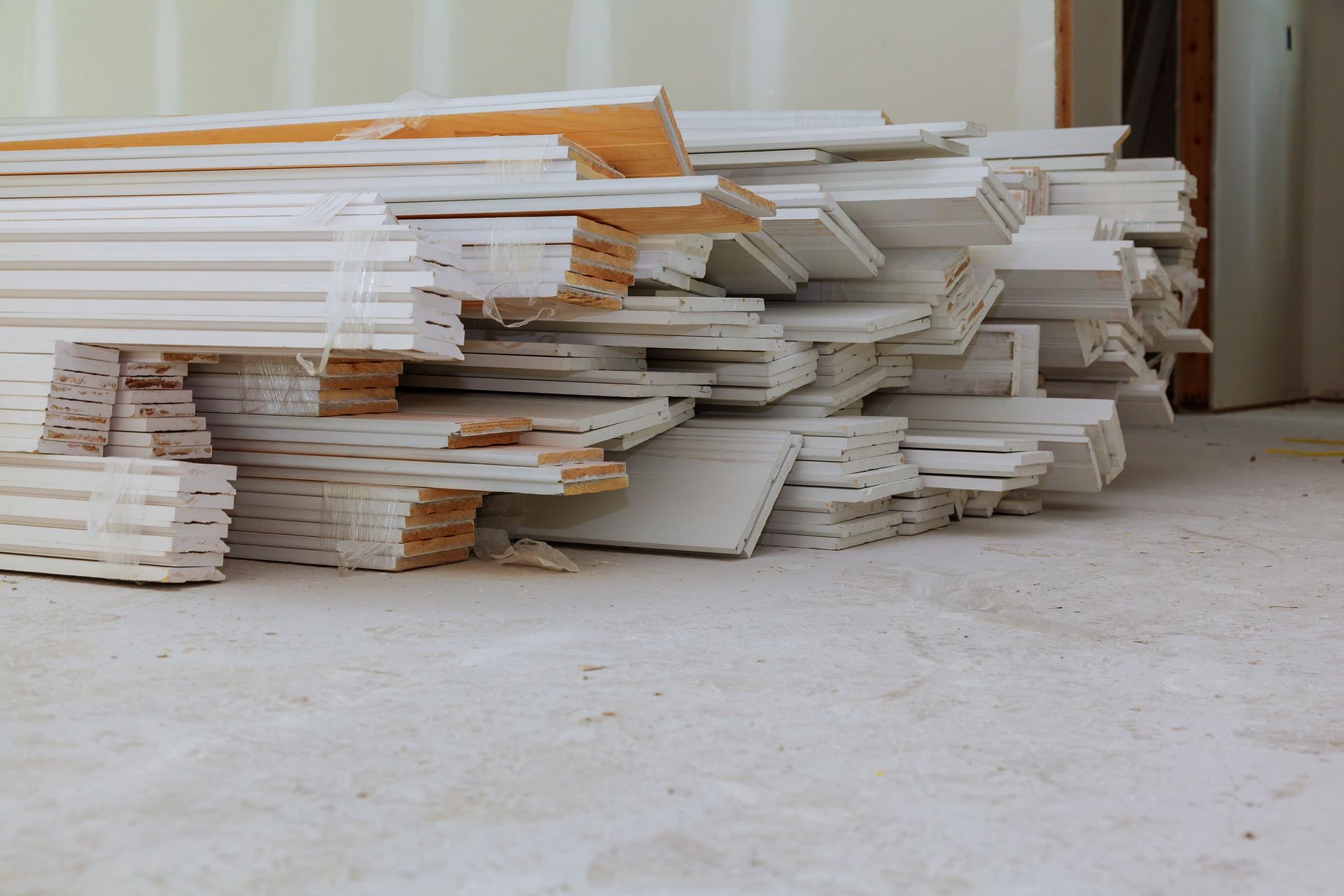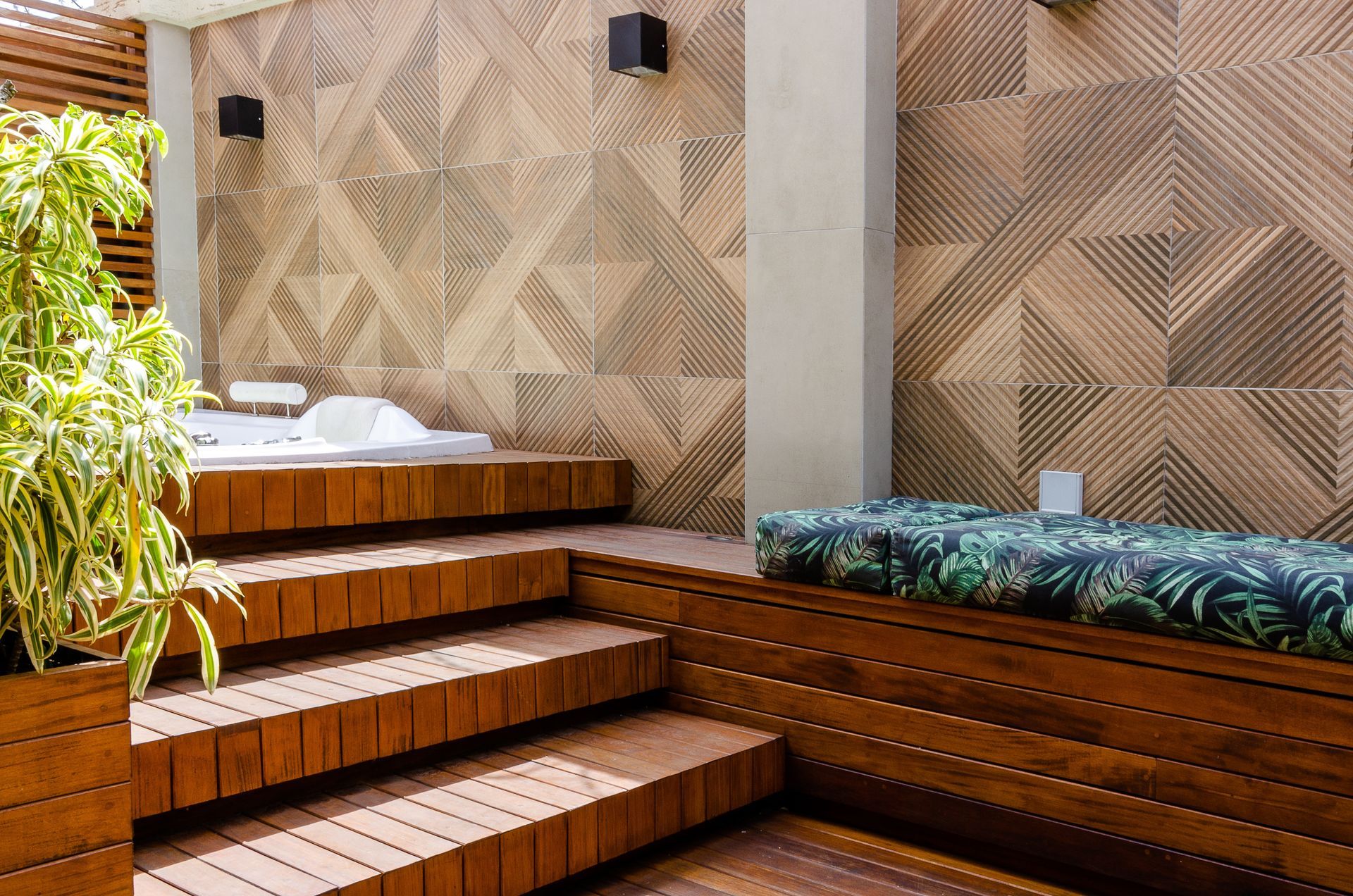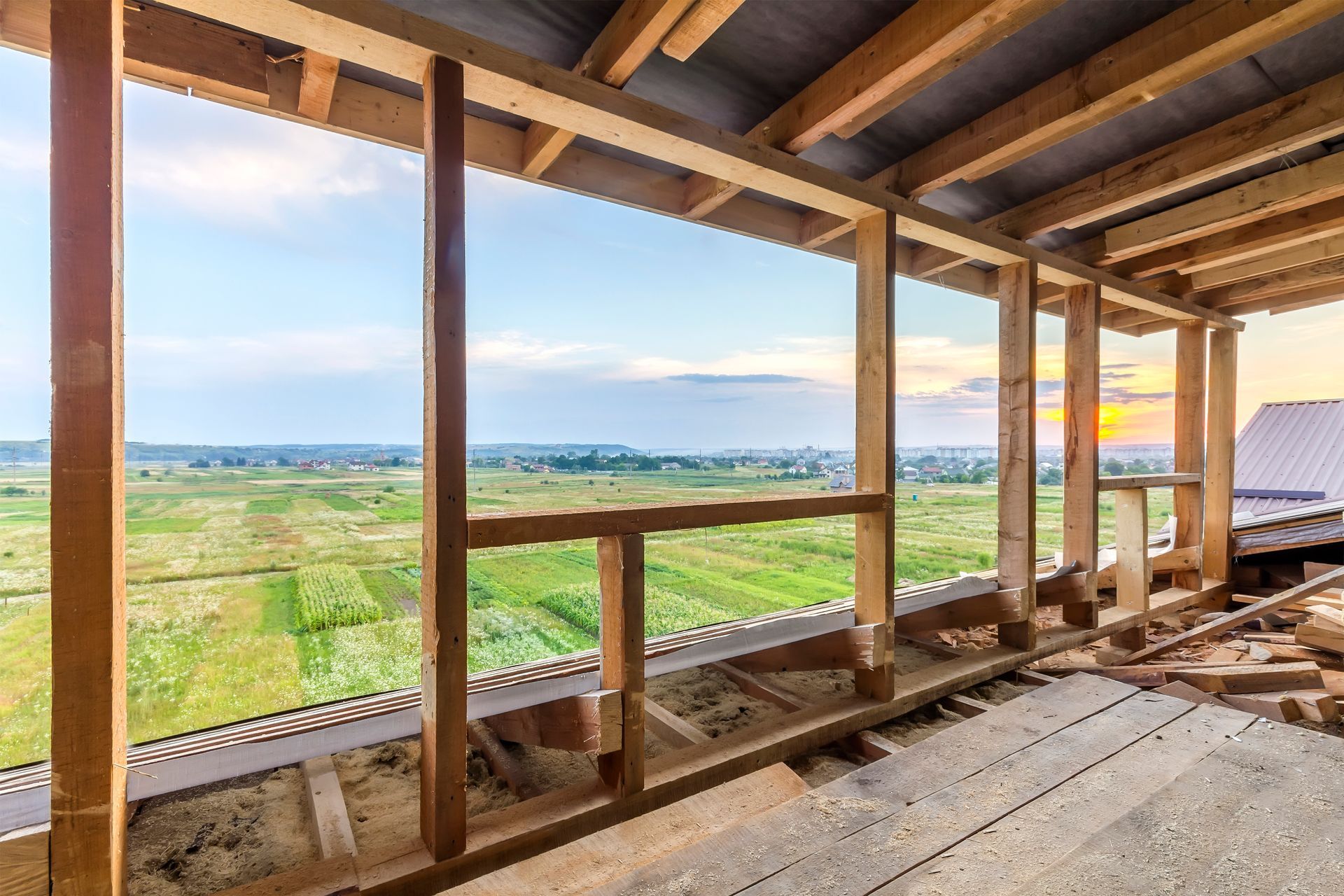Get In Touch
Call: (226) 802-8855
Email: brock@shieldsfamily.ca
Service Areas: Hamilton, Burlington, Brantford, Oakville, Paris, Milton, Ancaster, Waterdown, Dundas, Grimsby, Fonthill in Ontario.
Business Hours
- Mon - Fri
- -
- Sat - Sun
- Closed
Pressure Treated and Composite Decks
Craf Your Perfect Outdoor Space: Deck Material and Design Considerations
Selecting the ideal deck material and design for your home is crucial in creating a comfortable and inviting outdoor living area. Factors such as budget, maintenance preferences, and desired aesthetics play a significant role in determining the most suitable option. With guidance from Oak & Pine Contracting's experts, you can make an informed decision tailored to your unique needs and preferences.
Oak & Pine Contracting boasts a team of skilled professionals with extensive experience in deck construction, consistently delivering exceptional results for clients seeking functional and aesthetically pleasing outdoor spaces. Our expertise ensures that every project meets the highest standards of quality and craftsmanship.
Pressure Treated Decks
Pressure treated decks provide homeowners with a durable and cost-effective solution for their outdoor living spaces. Combining the natural beauty of wood with enhanced protection against the elements, this decking option ensures lasting enjoyment and a timeless aesthetic for your property in Hamilton and surrounding areas in Ontario.
-
What is Pressure Treated Wood?
Pressure treated wood is created by infusing lumber with chemical preservatives under high pressure. This process forces the chemicals deep into the wood fibers, making it resistant to rot, decay, and insect damage. The treatment helps extend the life of the wood, making it a popular choice for outdoor construction projects such as decks.
Benefits of Pressure Treated Wood
Pressure treated wood offers several advantages for homeowners looking to build a deck. It is an economical option, as it costs less than many other decking materials. The treatment process also makes it highly resistant to common issues that can plague outdoor wood structures, such as insect infestations and rotting from moisture exposure.
-
Types of Pressure Treated Wood
Alkaline Copper Quaternary (ACQ)
Alkaline copper quaternary is a popular choice for pressure treated wood due to its effectiveness in protecting against decay and insect damage. This type of treatment involves the infusion of copper and a quaternary ammonium compound, providing a strong defense against wood-destroying organisms. ACQ-treated wood is ideal for use in various outdoor applications such as decks, fences, and playground equipment. It is environmentally friendly and has a relatively low impact on metal fasteners and hardware compared to older pressure treated wood options.
Copper Azole (CA)
Copper azole is another effective treatment for pressure treated wood, offering protection against rot and insect damage. This treatment combines copper with an organic azole compound, resulting in a highly resistant material suitable for outdoor use. Copper azole-treated wood is often chosen for its long-lasting durability and resistance to harsh weather conditions. It is widely used for decking, fencing, and other outdoor structures, providing homeowners with a reliable and cost-effective option for their outdoor projects.
Micronized Copper Azole (MCA)
Micronized copper azole is a newer form of pressure treated wood that utilizes micronized particles of copper and an azole compound. This innovative treatment provides excellent protection against decay and insect infestation while being less corrosive to metal fasteners and hardware. MCA-treated wood offers the same level of durability and performance as other types of pressure treated wood but with a more environmentally friendly profile. It is a popular choice for residential and commercial decking, fencing, and landscaping projects.
-
Advantages of Pressure Treated Decks
Affordability
One of the primary benefits of pressure treated decks is their affordability. Pressure treated wood is generally less expensive than other decking materials, such as composite or hardwoods, making it an attractive option for budget-conscious homeowners.
Durability
Pressure treated decks are known for their durability. The chemical treatment process helps the wood withstand the elements, resist decay, and repel insects, ensuring a long-lasting outdoor structure. With proper maintenance, a pressure treated deck can last for decades.
Resistance to Insects and Decay
One of the key advantages of pressure treated wood is its resistance to insects and decay. The chemical preservatives used in the treatment process protect the wood from destructive pests, such as termites and carpenter ants, as well as rot and fungal decay caused by moisture exposure.
-
Maintenance and Care
Cleaning
To keep your pressure treated deck looking its best, regular cleaning is essential. Sweeping away debris, such as leaves and dirt, helps prevent the buildup of moisture, which can lead to mold and mildew growth. Periodic washing with a mild soap and water solution will remove surface grime and help maintain the deck's appearance.
Sealing and Staining
Although pressure treated wood is resistant to rot and insect damage, it is still susceptible to moisture absorption and UV damage. Applying a water-repellent sealant or stain will help protect the wood from these issues and prolong the life of your deck. It is generally recommended to reseal or restain your deck every 2-3 years.
Repairing and Replacing Damaged Boards
Over time, some boards on your pressure treated deck may become damaged due to wear and tear or exposure to the elements. Regularly inspect your deck for signs of damage, such as warping, splitting, or rotting boards. Promptly repair or replace damaged boards to maintain the structural integrity and appearance of your deck.
-
Suitable Candidates for Pressure Treated Decks
Those on a Tighter Budget
Pressure treated wood decks are an excellent option for homeowners with budget constraints. This decking material is more affordable than other options like composite or exotic hardwoods, without sacrificing durability and longevity. With proper maintenance, pressure treated wood decks can last for many years, providing a great return on investment.
DIY Enthusiasts Who Enjoy Regular Maintenance Tasks
For those who enjoy hands-on home improvement projects, pressure treated wood decks offer the opportunity to engage in regular maintenance tasks. These decks require periodic cleaning, staining, and sealing to maintain their appearance and protect the wood from weather damage. DIY enthusiasts can find satisfaction in caring for their deck and keeping it in optimal condition.
Individuals Seeking a More Traditional, Natural Look
Pressure treated wood decks offer a classic, natural appearance that appeals to many homeowners. The wood grain and texture provide a warm, inviting ambiance that complements various architectural styles and outdoor spaces. For individuals who prefer the traditional aesthetic of wood over synthetic materials, pressure treated wood decks are an ideal choice.
Those Living in Areas with Milder Weather Conditions
While pressure treated wood decks are resistant to rot and insect damage, they may not fare as well in extreme weather conditions compared to composite materials. Homeowners living in areas with milder climates can benefit from the cost savings and natural beauty of pressure treated wood decks without worrying about excessive weather-related wear and tear.
-
Suitable Decks Designs for Pressure Treated Wood
Ground Level Decks
Pressure treated wood is a great choice for ground level decks due to its affordability and resistance to moisture and insects. These decks are typically built close to the ground, making them more susceptible to moisture and potential decay. The use of pressure treated wood ensures the deck will have a longer lifespan and require less maintenance over time.
Raised Decks
Raised decks are another suitable application for pressure treated wood, providing a durable and cost-effective option for homeowners looking to elevate their outdoor living space. The natural resistance to decay and insects makes pressure treated wood an ideal choice for the support structures and framing of raised decks, ensuring long-lasting performance and stability.
Freestanding Decks
Freestanding decks, also known as detached or island decks, can benefit from the use of pressure treated wood due to its strength and durability. These types of decks are not attached to a house or other structure, so the use of pressure treated wood for the support posts and framing can provide added stability and longevity to the deck's overall construction.
Multi-Tiered Decks
Multi-tiered decks offer multiple levels of outdoor living space and can be an excellent choice for homeowners with sloped or uneven yards. Pressure treated wood is a popular material for these types of decks, providing a strong and durable framework that can withstand various environmental conditions. The natural resistance to decay and insects ensures that multi-tiered decks built with pressure treated wood will remain structurally sound and visually appealing for years to come.
Composite Decks
Composite decks offer homeowners an innovative and visually appealing outdoor living solution. With their low-maintenance nature, durability, and vast array of styles, these decks have become increasingly popular for those seeking a long-lasting and environmentally friendly alternative to traditional wood decking.
-
What are Composite Materials?
Composite decking is a high-performance and durable alternative to traditional wood decking. It is made from a combination of wood fibers and plastic, which are bound together with a binding agent. This creates a material that is resistant to wear and tear, making it an ideal choice for homeowners seeking a long-lasting and low-maintenance decking solution.
Composite materials offer several advantages over traditional wood decking. Firstly, they are resistant to rot, decay, and insect infestations, ensuring that your deck remains structurally sound for years to come. Additionally, composite materials do not warp or splinter like wood, providing a safer and more comfortable surface to walk on. Furthermore, composites are available in a wide range of colors and textures, allowing homeowners to achieve their desired aesthetic without the need for regular staining or painting.
-
Types of Composite Decking
Capped Composite
Capped composite decking features a protective outer layer that provides increased durability and resistance to stains, fading, and scratches. This additional layer offers homeowners a low-maintenance solution with the appearance of natural wood. Typically, capped composite boards have a longer lifespan than uncapped options and require minimal upkeep to maintain their beauty and functionality.
Uncapped Composite
Uncapped composite decking, though still a popular choice, lacks the protective outer layer found in capped composite materials. While it may be more budget-friendly, uncapped composite decks can be more susceptible to stains, fading, and scratching. However, they still offer the benefits of low-maintenance and durability compared to traditional wood decking options.
-
Benefits of Composite Materials
Low-Maintenance
One of the primary benefits of composite decking is its low-maintenance nature. Unlike wood, composite materials do not require regular sealing, staining, or painting to maintain their appearance. Simple routine cleaning with soap and water is typically sufficient to keep your composite deck looking fresh and vibrant. This means less time spent on upkeep and more time enjoying your outdoor living space.
Longevity
Composite decks are built to last, with a lifespan that often exceeds that of traditional wood decks. The combination of wood fibers and plastic makes the material incredibly durable, resistant to common issues such as rot, decay, and insect damage. This means that your composite deck will continue to look great and perform well for years to come, with minimal maintenance required.
Variety of Styles and Colors
Composite decking offers a wide range of styles and colors to suit any homeowner's taste. From natural wood grain patterns to contemporary solid colors, composite materials provide endless design possibilities. This allows you to create a truly unique and personalized outdoor living space that complements your home's style and enhances your property's curb appeal.
Environmentally Friendly
Composite decking materials are often made from recycled wood fibers and plastics, making them an eco-friendly option for homeowners concerned about their environmental impact. By choosing composite decking, you are not only selecting a low-maintenance and durable material but also contributing to the reduction of waste in landfills and the preservation of natural resources.
-
Maintenance and Care
Cleaning
Routine cleaning is essential for maintaining the appearance and longevity of your composite deck. It is recommended to clean your deck with soap and water or a gentle pressure washer at least twice a year to remove dirt, debris, and any surface stains. Regular cleaning will prevent the buildup of mold and mildew, ensuring that your deck remains safe and visually appealing.
Avoiding Potential Issues
While composite decks are designed to be durable and low-maintenance, there are still some potential issues that homeowners should be aware of. To prevent mold and mildew growth, it is essential to ensure proper ventilation and drainage around your deck. Additionally, placing protective mats under outdoor furniture can help prevent scratches and scuffs on the deck's surface. Finally, be mindful of the potential for fading due to sun exposure and consider incorporating shade structures or umbrellas to protect your deck from excessive UV rays.
-
Suitable Deck Designs for Composite Materials
Multi-Level Decks
Composite materials work exceptionally well for multi-level deck designs due to their durability and low-maintenance properties. The variety of colors and styles available allows homeowners to create a cohesive and visually appealing outdoor space across multiple levels.
Poolside Decks
Composite decking is an excellent choice for poolside decks as it is resistant to moisture and does not warp or splinter like traditional wood. Its slip-resistant surface ensures safety for those enjoying the pool area, while the low-maintenance nature of composite decking allows for more time spent enjoying the outdoors.
Rooftop Decks
Rooftop decks benefit from the lightweight and durable properties of composite decking materials. With excellent resistance to weathering, composite rooftop decks can withstand the elements while providing an attractive and functional outdoor living space.
Wrap-Around Decks
Composite decking materials are ideal for wrap-around decks, offering a seamless transition between indoor and outdoor living spaces. The various styles and colors available allow homeowners to match the aesthetic of their home's exterior while enjoying the benefits of a low-maintenance decking solution.
-
Suitable Candidates for Composite Decks
Limited Time for Deck Maintenance
Composite decks are an excellent choice for homeowners who have limited time to devote to deck maintenance. Unlike traditional wood decks, composite materials require minimal upkeep, as they do not need staining, sealing, or painting. Simply cleaning the deck with soap and water periodically will keep it looking fresh and new. This low-maintenance feature allows homeowners to enjoy their outdoor space without spending countless hours on maintenance tasks.
Families with Young Children or Pets
Composite decks are ideal for families with young children or pets due to their durability and safety features. Unlike wood, composite materials do not splinter or warp, reducing the risk of injury for both children and animals. Additionally, composite decks are resistant to staining and scratching, ensuring that the deck remains attractive even after spills or pet-related accidents. The slip-resistant surface also provides added safety during wet weather conditions.
Individuals with Mobility Issues or Disabilities
Composite decks can be a suitable option for individuals with mobility issues or disabilities, as they offer a smooth, even surface free from potential trip hazards like nails or raised boards. The slip-resistant nature of composite decking also provides additional safety for those who may struggle with balance or mobility. Furthermore, the low-maintenance aspect of composite decks means less time and effort spent on upkeep, which can be particularly beneficial for individuals with physical limitations.
Living in Areas with Extreme Weather Conditions
Homeowners living in areas prone to extreme weather conditions, such as heavy rainfall, snowfall, or intense sun exposure, may benefit from the resilience of composite decks. These materials are designed to withstand harsh environmental elements without fading, cracking, or rotting. Composite decking is also resistant to mold and mildew growth, which can be a significant concern in damp or humid climates. By choosing a composite deck, homeowners in extreme weather locations can enjoy a durable, long-lasting outdoor space without the worry of constant repairs or replacements.
FAQs
Undertaking a deck construction project can be both exhilarating and overwhelming. To make the process as smooth as possible. and help you better understand what to expect, we've compiled answers to a few frequently asked questions about our services.
-
What is the difference between pressure treated and composite decking materials, and which one is better for my deck?
Pressure treated decking and composite decking materials offer unique benefits for homeowners seeking a new deck. Pressure treated wood undergoes a chemical treatment process to enhance its resistance to rot, decay, and insect damage. This option is often more affordable, making it an attractive choice for budget-conscious homeowners. However, it requires regular maintenance, such as sealing, staining, and cleaning, to maintain its appearance and longevity.
Composite decking, on the other hand, comprises a blend of wood fibers and plastic, resulting in a highly durable and low-maintenance material. Composite decks resist fading, scratches, and mold, allowing them to maintain their appearance with minimal effort. While they may come at a higher initial cost, their long-term maintenance savings can offset this expense. Determining the best material for your deck ultimately depends on factors such as budget, desired aesthetics, and maintenance preferences. Consulting with Oak & Pine Contracting's experts can help guide you in making an informed decision tailored to your specific needs.
-
How long does it take to build a new deck using either pressure treated or composite materials?
The time required to construct a new deck varies depending on several factors, including the deck's size and design complexity, weather conditions, and material availability. Generally, a standard deck can be completed within 1-3 weeks. During the initial consultation and planning phase, Oak & Pine Contracting will provide a more accurate timeline tailored to your project's specific requirements.
To ensure a seamless construction process, our team of professionals meticulously plans and coordinates each step. We understand the importance of meeting deadlines and strive to complete your project efficiently without compromising on quality. By working closely with our clients throughout the process, we can address any concerns or adjustments promptly, ensuring a timely and satisfactory completion of your new deck.
-
What is the lifespan of a pressure treated or composite deck, and what kind of warranty do you offer for your work?
The lifespan of a pressure treated or composite deck depends largely on the material and maintenance. A well-maintained pressure treated deck typically lasts between 15-20 years, while a composite deck can endure for 25-30 years with minimal upkeep. The longevity of your deck can be maximized by following proper maintenance guidelines and addressing any issues promptly.
At Oak & Pine Contracting, we take pride in our quality craftsmanship and offer a warranty for our work. Our commitment to customer satisfaction extends beyond the completion of your project, ensuring that you can enjoy your deck for years to come. Specific warranty terms will be discussed during the consultation process and included in your contract, providing you with peace of mind and confidence in our services.
-
Do I need a permit to build a deck, and will Oak & Pine Contracting handle the permitting process?
Obtaining a building permit is often necessary when constructing a new deck, particularly if it is attached to your home or exceeds a certain height. Navigating the permitting process can be daunting, but Oak & Pine Contracting is here to help. Our team can guide you through the paperwork and submission process, ensuring that all necessary documents are completed and submitted to the appropriate authorities.
However, it is important to note that the homeowner is ultimately responsible for acquiring the required permits. By working together, we can streamline the process and ensure that your deck is built in compliance with local regulations. Our goal is to make your deck construction experience as smooth and stress-free as possible, allowing you to focus on enjoying your new outdoor space once completed.
Our Services
Oak & Pine Contracting provides a comprehensive range of services, tailored to meet your home improvement needs. Our skilled team ensures exceptional results and a seamless experience, for you and your family.
-
Additions and Full Renovation
Photo By: John DoeButton -
In-Law and Granny Suites
Photo By: John DoeButton -
Full Remodels
Photo By: John DoeButton -
Doors and Windows
Photo by: John DoeButton -
Trims, Casings and Baseboards
Button -
Cabinets
Button -
Attached, Multi-Tier, Wrap Around Decks
Button -
Pressure Treated and Composite Decks
Button -
Framing and Carpentry
Button -
Painting, Drywall and Trim
Button
Oak & Pine Contracting
Phone
Service Areas
Hamilton, Burlington, Brantford, Oakville, Paris, Milton, Ancaster, Waterdown, Dundas, Grimsby, Fonthill in Ontario.
Business Hours
- Mon - Fri
- -
- Sat - Sun
- Closed
Business Hours
- Mon - Fri
- -
- Sat - Sun
- Closed
